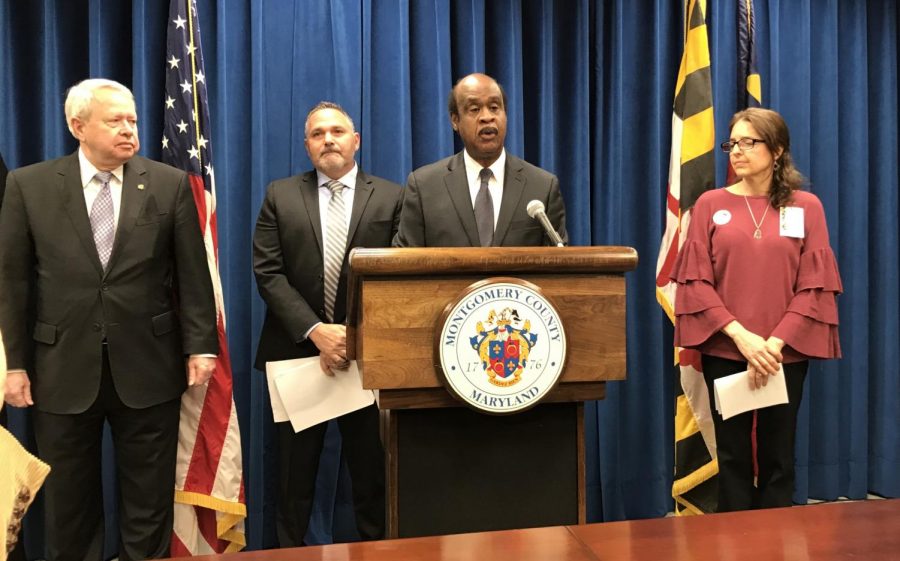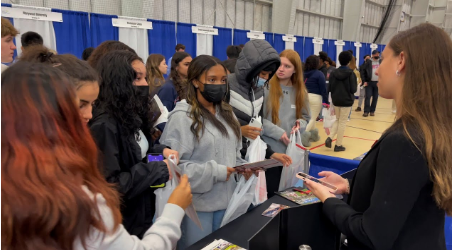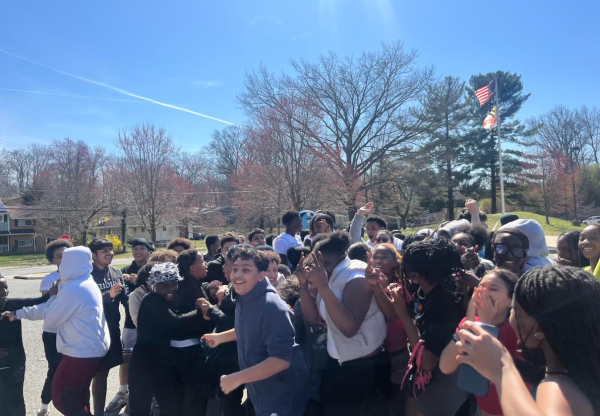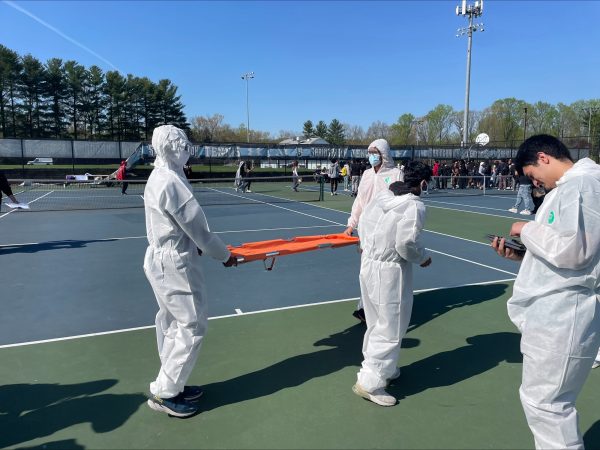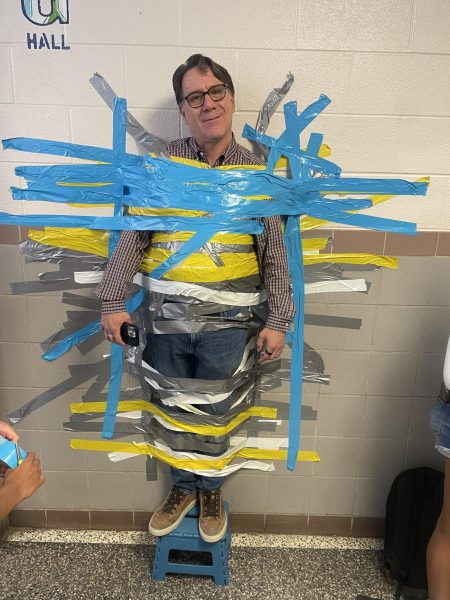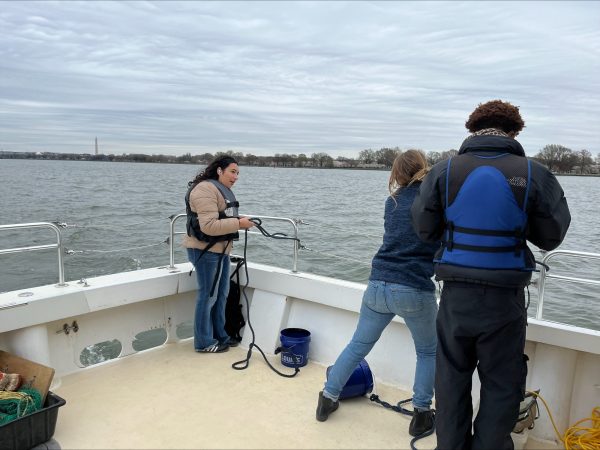Understanding Montgomery County’s Opioid Crisis
photo by Andrew Metcalf
County Executive Ike Legett announced last month that Montgomery County has filed a federal lawsuit against opioid manufacturers and distributors.
Across the United States, the opioid epidemic is becoming more and more of an impending issue. Just a few months ago, the Department of Health and Human Services (HHS) declared a public health state of emergency regarding the crisis. In 2016, there were an estimated 64,000 deaths in the U.S. as a result of drug overdoses, and in 2015, they were labelled as the leading cause of accidental death. Out of these victims, 20,000 of the overdoses were related to synthetic opioids, with these specific drugs showing the sharpest increase in deaths over the past few years.
In 2016, Montgomery Country saw a total of 84 opioid-related deaths.
The History of Opioids in America
For centuries, doctors have struggled with determining appropriate doses of painkillers to prescribe to their patients. One of the earliest widespread addictions to painkillers occurred during the Civil War. As wounded soldiers were prescribed morphine to numb their injuries, they gradually became dependent on it, leading to post-war addiction. In the early 1980’s, “opiophobia” was common in medical practices at the time. The phrase referred to the fear that doctors had of prescribing opioids. These doctors feared that those who they treated with opioid prescriptions would get hooked, and develop an addiction to the potentially dangerous drug. The 1980’s were a time when many doctors experimented with the use of opioids, hoping to strike the right balance of a strong, but not too strong prescription painkiller. Over the next decade or so, doctors and physicians began to lobby for the right of the use of opioids in necessary medical practices. They succeeded, and the market for prescription opioids greatly expanded. In the early 2000’s, the amount of prescribed opioids significantly increased, and with it, the number of those who misused and abused it. In 2009, there were nearly 730,000 emergency department visits as a result of the abuse of prescription drugs. Doctors again battled with the balance of these drugs, and the struggle continues to this day.
Today’s opioid epidemic
Younger addicts have recently become the primary scapegoats in today’s opioid epidemic.. President Donald Trump has even continued to advocate on behalf of Nancy Reagan’s outdated “Just Say No” campaign, which encouraged teen addicts to simply “say no to drugs”. In Trump’s mind, this is the real issue concerning drug overdoses. However, one thing needs to be clarified: these addictions don’t arise out of thin air. Whether it’s issues concerning family, financial problems, or personal illnesses, the problem starts with the person, not with the drug.
Blame is also concentrated on the distributors, (doctors, physicians, etc.) who prescribe pain-reliever drugs. While there are certainly malpractices in the distribution of these drugs that need to be stopped, there is still motivation driving these addicts to obtain use of the painkillers and take advantage of them.
This is why the real issue concerning drugs like opioids ultimately stems from why teenagers and adults access potentially dangerous drugs. There’s no doubt that it’s not a simple yes or no answer when making the choice to do drugs. There’s simply more complexity to it. Nor is the distribution of drugs the main reason why kids get hooked. The real issue lies in why people make that choice to do drugs, and what drives or pushes them to do so. The focus needs to be aimed on getting help to those making these poor decisions, and influencing them not to make the same mistakes.
What’s being done about it?
The Department of Health and Human Services recently outlined a 5-point strategy to lessen or help prevent the worsening of the opioid epidemic. This plan advocates more efficient access to resources, support for more cutting-edge medical research, improvement of the accuracy of data surrounding those affected, targeting the distribution of opioids, and the advancing of pain-management medical plans to better suit people.
In 2017, Congress passed a bill requiring the HHS to award funding to states in hopes of them developing effective processes to better maintain and appropriate dosages of pain medications to patients. This bill also amended the Public Health Service Act, by requiring the HHS to create programs to regulate and prevent drug misuse, develop continuous educational services on how best to handle opioid prescriptions, and provide criteria or a baseline for what type of person should receive opioids as painkillers and how that person can be properly identified.
In Montgomery County, many groups have formed in attempts to combat the growing opioid dilemmas. The Montgomery County Prevention Coalition, a program designed to tackle mental health and drug abuse issues, has recently targeted opioid usage, and provided a database that explores alternatives to drugs and ways for addicts to access help. In July of 2017, new policies were enacted through the Maryland Medicaid Association. These policies require prior authorization of prescriptions involving high dosages or long term uses of opioids to patients. The Prescription Drug Monitoring Program was also founded, which allowed doctors and pharmacists access to their patient’s records, in order for them to conclude whether a patient would properly utilize a given prescription.
As local, state, and federal leaders, as well as the medical community struggle to find a concrete solution for the opioid epidemic, most victims have to just make do with the available resources. For information on current resources to help opioid addiction victims and victims of other substance abuse, click on this website for links to substance abuse treatment facilities

